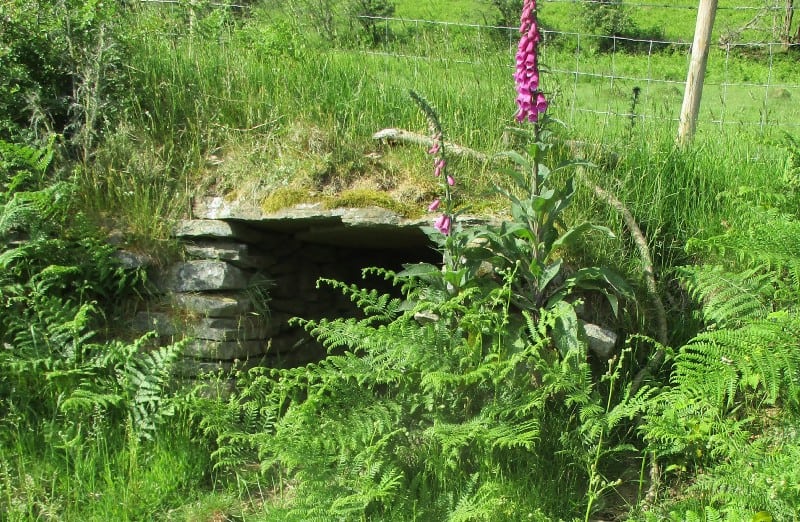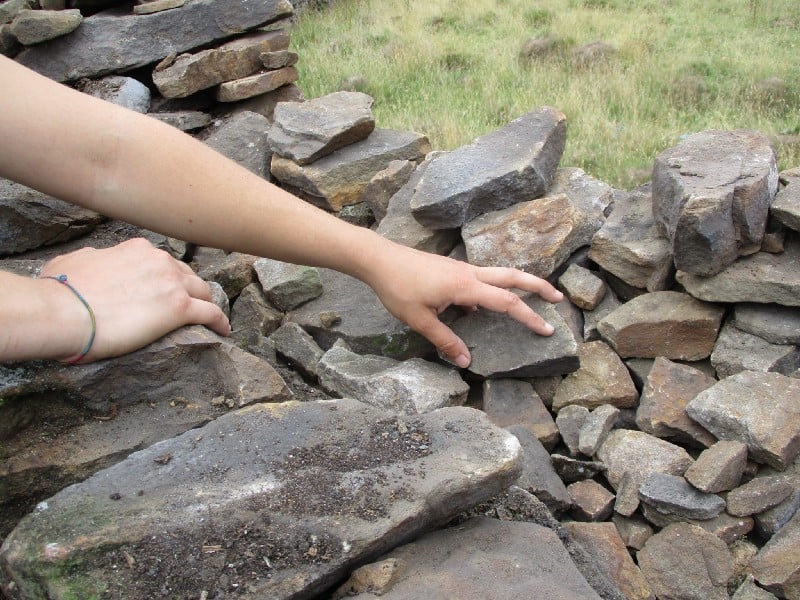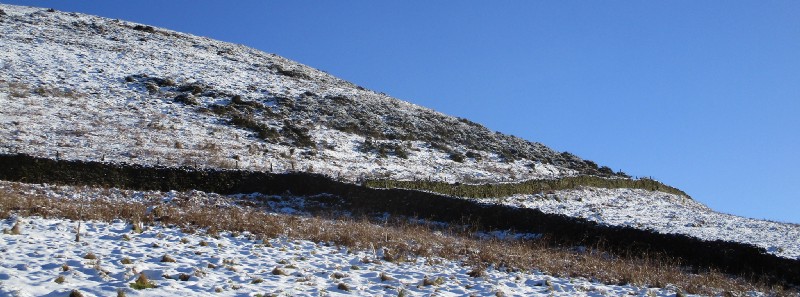Dry stone walls are a significant part of the landscape in many parts of the world. They are built in places where there are plenty of stones nearby, and where trees don’t thrive well enough to create hedges or to provide materials for fencing.
By Marit Parker

Unlike stone for building houses, the stone for these walls is not quarried; it is all gathered from close by. No-one wants to carry stones further than they have to! Using stone at hand affects the style of the wall. It takes great skill to build a stable wall from rounded cobbles; sedimentary rocks provide flat stones which are much easier to work with. Large flat stones are particularly useful. Placed flat on top of the wall, they can stop rain getting in and damaging the wall. Used cross-ways half-way up a wall, they help hold the two sides together. They can also be used to create a bridge over a stream or a lamb creep. A lamb creep is a low gate in the wall which lambs can get through but not ewes. It is designed to help natural weaning.

On my hill farm, hedges around the lower fields change to Cornish hedges or cloddiau (hedges on top of stone and turf banks) higher up, and then dry stone walls. The hedges here are about 400 years old, so the walls around the fields probably date from about the same time. However, higher up the hills there are remains of much older banks and walls, dating back thousands of years. I’m not sure if anyone knows for certain when the mountain wall, separating the farms from the common grazing higher up, was first built.
Dry stone walls are in constant need of repair, because the stones can and do move — thanks to the weather, to animals rubbing against them, or people climbing them. However, repairing a cement wall would be a far bigger task. Building them dry, i.e. without mortar or cement, means you don’t need to carry anything with you to build or repair the wall. Except a flask of tea and a slab of fruitcake and cheese.

Occasionally walls are replaced with fencing but this is rare. Carrying fencing materials up steep mountainsides is no joke, especially when you know the fence posts will need replacing in a few years time. Even when a wall has fallen down completely and been abandoned for years, the stones are still there; they don’t rot away. Once a wall is rebuilt, it is stock-proof straight away: unlike a replanted hedge, it doesn’t need protecting with a fence while it re-grows.
As well as creating a stock-proof boundary (most of the time!), dry stone walls provide unique habitat. Lichens and mosses grow all over the stones, and lizards in particular thrive in warmth held in the rocks. Walls also create microclimates, with different wild flowers and herbs growing either side, and provide shelter for livestock against the elements.




